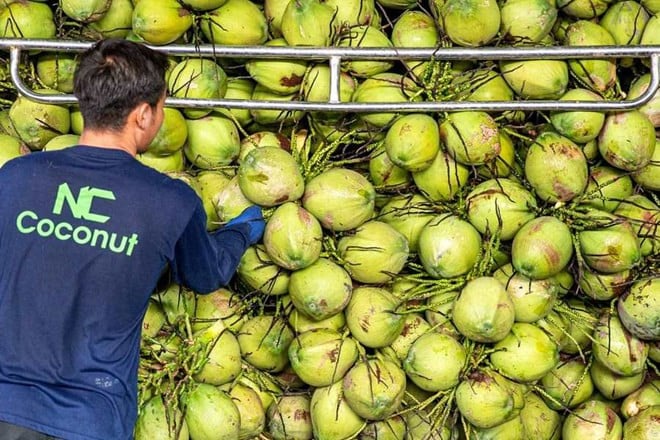
Thailand's fragrant coconut industry is going through its most serious crisis in years, as coconut price dropped to less than half the production cost - while Vietnam quickly captured the Chinese market thanks to its advantages of geographical proximity, large scale and stable quality.
According to independent agricultural management expert Tattawin Saruno, by October 21, 2025, the purchase price of coconuts at the garden in Songkhla province will be only 2-3 baht (1,600-2,400 VND)/fruit, while the average production cost for farmers is 4-5 baht (3,200-4,000 VND)/fruit. In many localities, traders refuse to buy, causing a series of coconut gardens to let the ripe fruit fall or rot on the trees.
With an annual output of about 500 million coconuts, a price drop of just 1 baht (800 VND) would cause the Thai coconut industry to lose up to 500 million baht (400 billion VND), threatening the entire export industry that was once worth tens of billions of baht each year.
According to The Nation, the main reason is said to be from Vietnam's strategic turning point in 2024, when signing the Protocol. Exporting fresh coconuts to China - the world's largest consumer market. Immediately after that, Vietnam's coconut exports exploded, especially from late 2024 to early 2025, coinciding with the free fall in Thai coconut prices.
“The Chinese market, which previously depended on Thai supply, has shifted strongly to Vietnam,” said Mr. Tattawin. According to Vietnamese press, fresh and processed coconut exports to China in 2025 will increase by hundreds of percent compared to the previous year.
While global demand for coconuts is expected to increase sharply, from 3.5 billion USD in 2023 to an expected 8.2 billion USD in 2032, Vietnam has taken advantage of the opportunity with a clear strategy.
In terms of orientation, coconut is included by the Vietnamese Government in the group of 6 key national industrial crops.
In terms of scale and infrastructure, the Mekong Delta alone (especially Ben Tre - “coconut capital”) reaches an output of nearly 2 million tons/year. The number of processing factories has skyrocketed from 8 (in 2015) to 45 (in 2024).
In terms of geographical advantages, Vietnam is close to China more, helping to reduce shipping costs and delivery times.
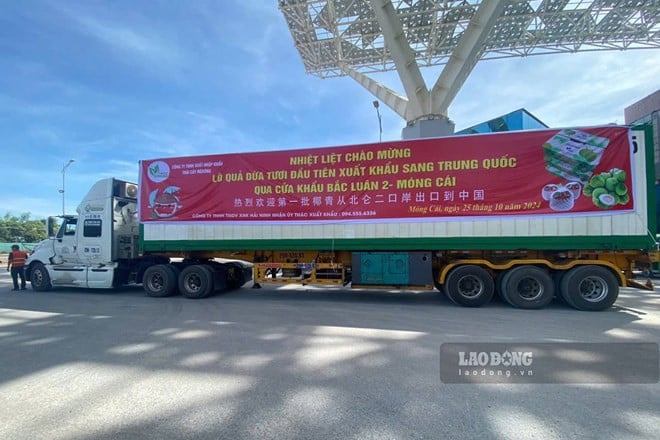
Thanks to that, Vietnam's coconut export turnover increased from 180 million USD in 2010 to more than 900 million USD in 2023, expected to exceed 1 billion USD in 2024, with most of the revenue coming from high-value processed products.
In contrast, the Thai coconut industry is considered “lacking strategy and no longer competitive”. While Vietnam has organic certification for nearly a third of its growing area, Thailand is still considered to have uneven quality, fragmented production, and dependence on traders.
Ratchaburi and Samut Sakhon provinces, the country’s biggest coconut hubs, are being hit hardest, with many farmers saying they have been “left hanging” in the volatile market.
Source: https://baoquangninh.vn/dua-viet-nam-soan-ngoi-dua-thai-lan-o-thi-truong-trung-quoc-3381477.html


![[Photo] Prime Minister Pham Minh Chinh chairs conference on breakthrough solutions for social housing development](https://vphoto.vietnam.vn/thumb/1200x675/vietnam/resource/IMAGE/2025/10/24/1761294193033_dsc-0146-7834-jpg.webp)
![[Photo] Solemn funeral of former Vice Chairman of the Council of Ministers Tran Phuong](https://vphoto.vietnam.vn/thumb/1200x675/vietnam/resource/IMAGE/2025/10/24/1761295093441_tang-le-tran-phuong-1998-4576-jpg.webp)


![[Photo] Prime Minister Pham Minh Chinh and South African President Matamela Cyril Ramaphosa attend the business forum](https://vphoto.vietnam.vn/thumb/1200x675/vietnam/resource/IMAGE/2025/10/24/1761302295638_dsc-0409-jpg.webp)
![[Photo] President Luong Cuong chaired the welcoming ceremony and held talks with United Nations Secretary-General Antonio Guterres](https://vphoto.vietnam.vn/thumb/1200x675/vietnam/resource/IMAGE/2025/10/24/1761304699186_ndo_br_1-jpg.webp)


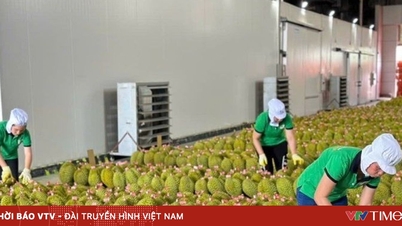



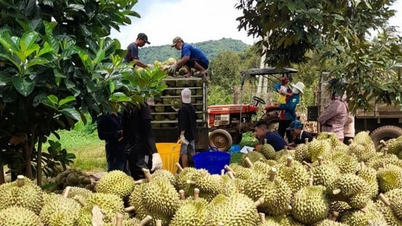











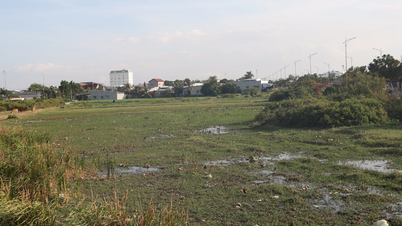


















































































Comment (0)